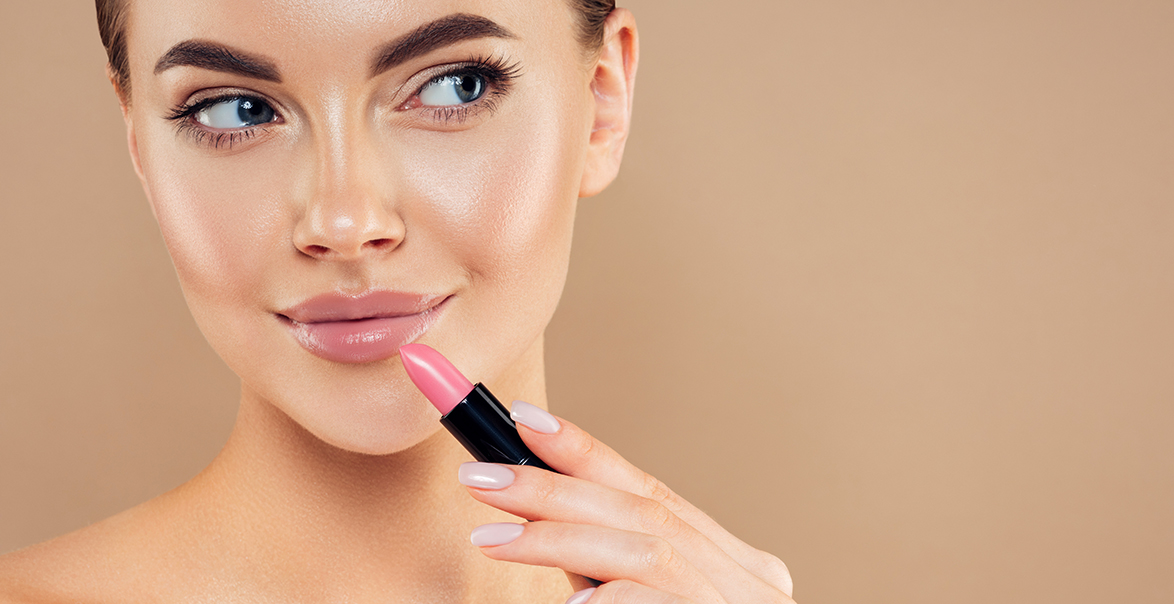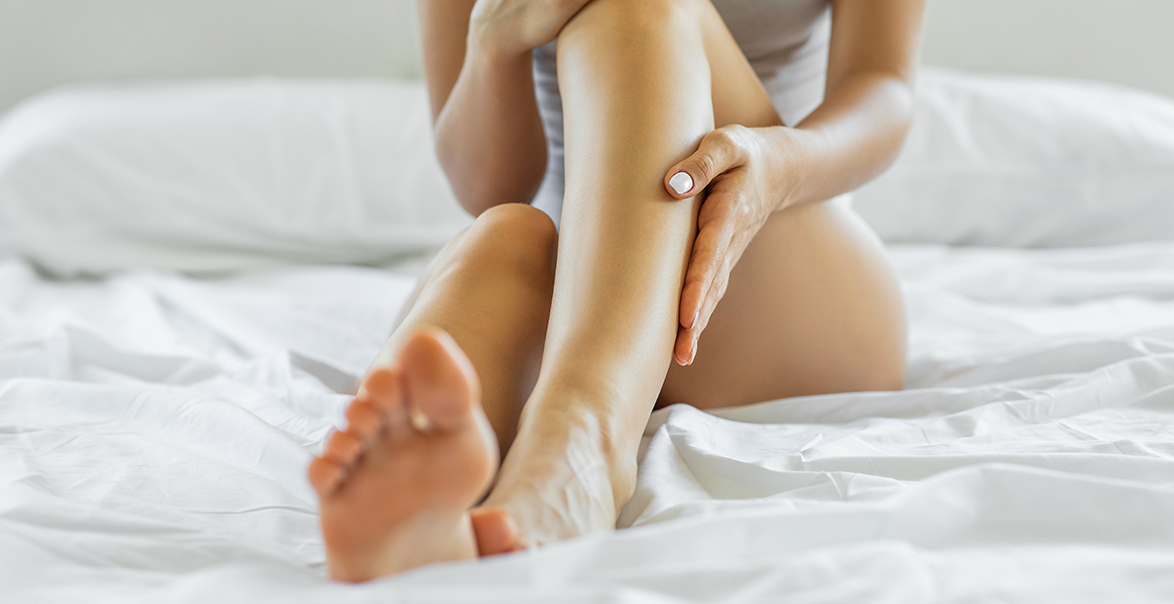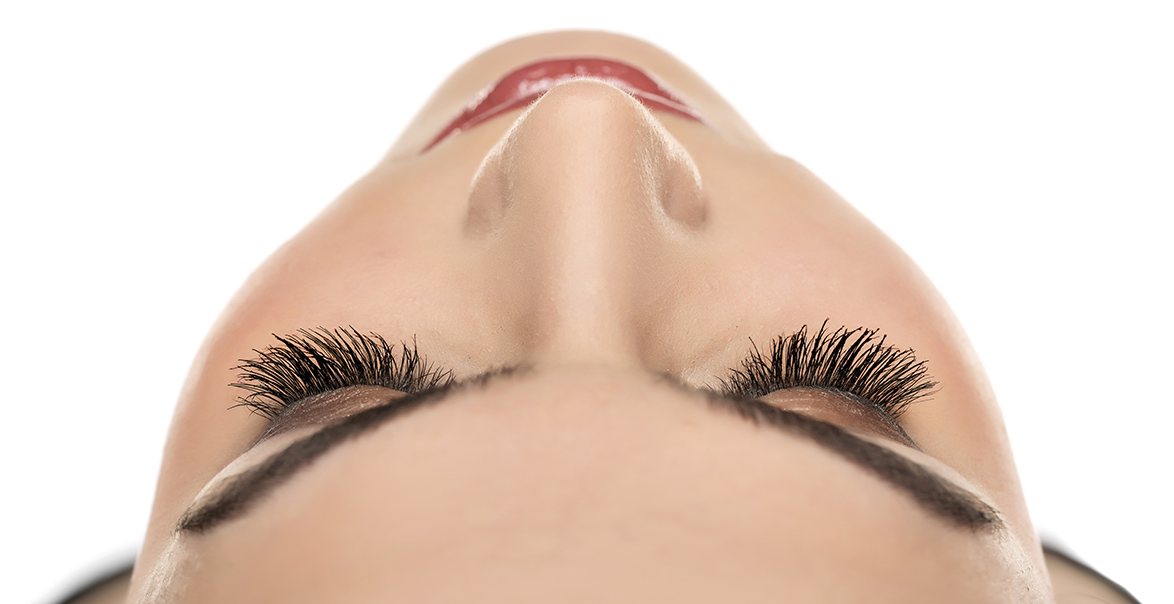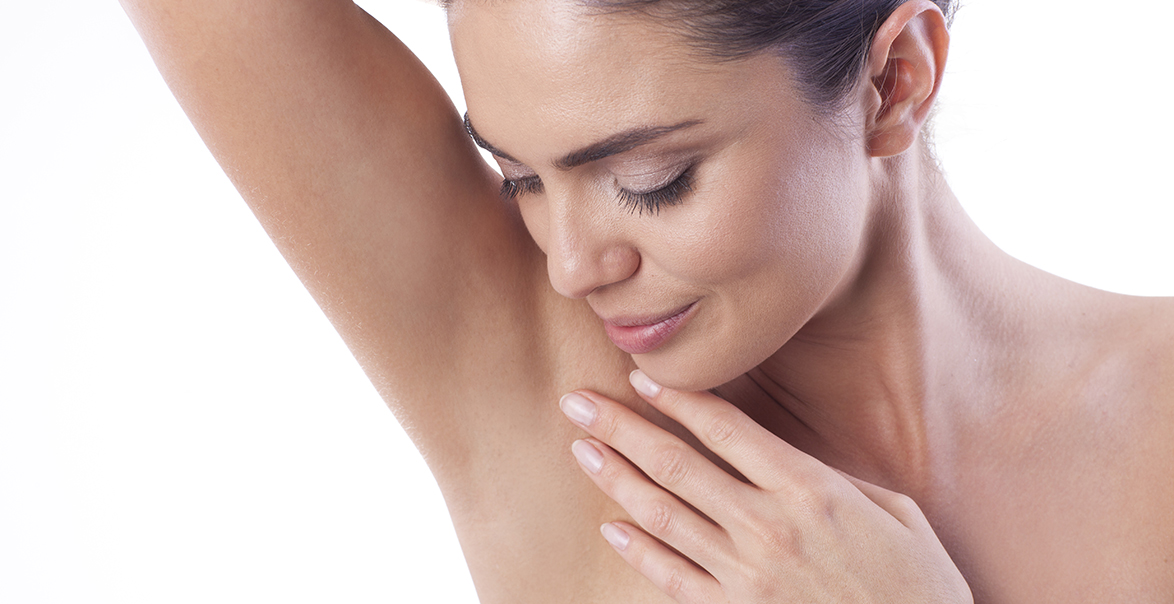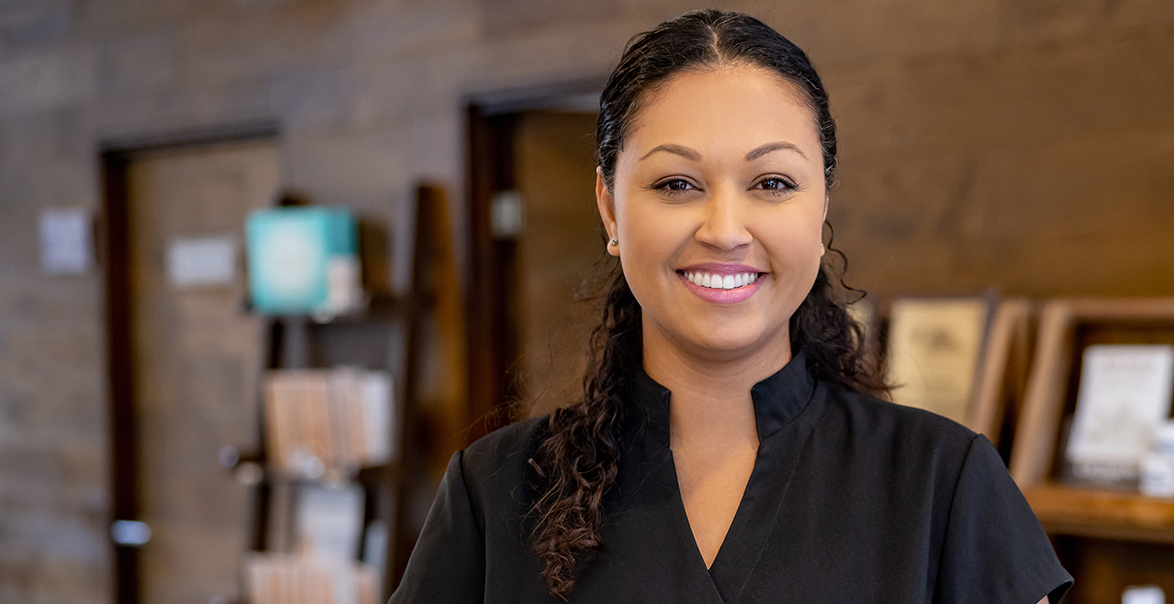There are always a lot of concerns about botox treatments, and it’s just an inevitable part of getting any medical treatment. One of the most frequently asked questions about botox injections is whether you can apply cosmetics right after.
Is it okay to wear makeup after Botox?
Yes, but not right away.
Botox injections are given through a small needle and result in tiny punctures where your practitioner injected the Botox. They should not be apparent, yet they might cause difficulties if you wish to apply makeup right after your treatment.
After getting a cosmetic procedure, it’s best to wait at least four hours before applying makeup. If you must wear it sooner, give your skin 30 minutes to heal from the injection punctures. Although it may be appealing to put on makeup to cover up some of the inflammation, it’s best to let your skin have a break. If you don’t feel comfortable going out in public without any cosmetics on, ask your doctor how long you should wait until it’s okay.
It’s also important to avoid rubbing or massaging the injection site. If you do, it could cause Botox to spread to other muscles, which can result in unintended results. In general, it’s best to avoid any kind of beauty treatment for at least 24 hours after getting Botox. This includes facials, waxing, and even exercising. All of these activities can cause your skin to become irritated, which can make the injection site become red and swollen.
More Botox Aftercare Tips
Botox not only concerns people about how they look with makeup on, but also whether they can exercise afterward. To avoid any problems, it is recommended that people wait at least 24 hours before doing any sort of vigorous activity. This occurs because exercise raises blood flow, which might cause the botox to spread and lose effectiveness in the injected regions.
You should avoid administering facial massages for a full day. The botox must settle, so if you apply it to your face or touch it too often during the healing process, you risk moving or turning the substance. Even though your face may be aching and puffy, do not touch it unless you want to get a different result than what you desired.
You should be able to rest comfortably but it is not recommended to go to sleep for a few hours after the treatment because that could apply unwanted pressure to the treated area. It is also ideal to keep yourself upright for four hours after the treatment. You should be able to sleep as usual afterward without shifting the botox after this length of time.
After your therapy, avoid saunas, tanning beds, and direct sunlight for 4 hours. Being in any of these places is likely to boost blood pressure, which can lead to bruising in the injection site. While it won’t be apparent immediately, you’ll regret it the next day when you wake up with a bruised and swollen face.
The same is true for alcoholic beverages. To reduce the likelihood of bruising, try going without drinking for a full day. It’s better to avoid alcohol for 24 hours than to risk waking up with a bruised face, even if it’s just a glass of wine.
Conclusion
Visit our clinic for your Botox needs. Not only are the treatments quick, but they’re also safe when done with us. You can go back to your regular activities right away if you’d like, but following our post-procedure instructions will help ensure better results.
At Nima, we ensure that you leave with the knowledge and tools you need to take care of your skin. We also offer a variety of other treatments that can be done in conjunction with Botox or as a standalone service. Book a consultation today to see what we can do for you!

